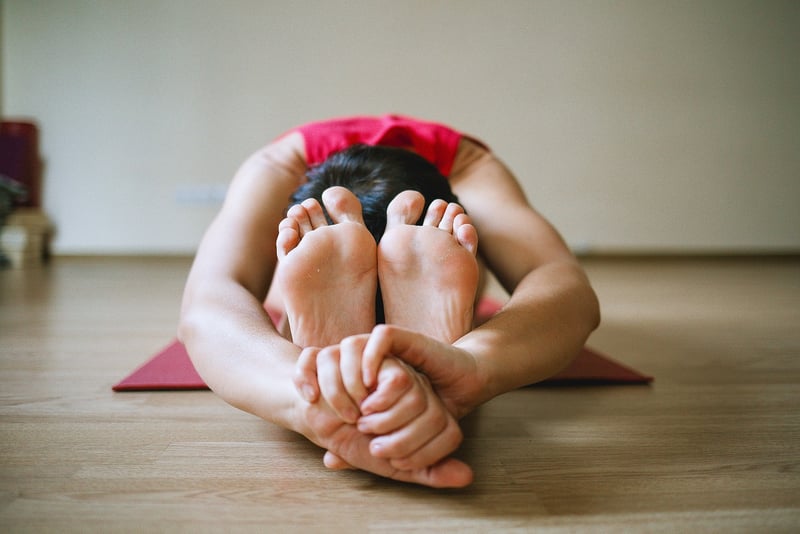Restorative
The Power of Physical and Mental Practice Combined with Restorative Techniques
Introduction
In our fast-paced world, finding a balance between physical and mental well-being is essential for overall health. Incorporating both physical and mental practices along with restorative techniques can lead to a more harmonious and healthier lifestyle.
Physical Practice
Engaging in physical activities such as yoga, running, or strength training not only benefits your body but also has a positive impact on your mental health. Physical exercise releases endorphins, also known as "feel-good" hormones, which can help reduce stress and anxiety.

Regular physical practice can improve your overall mood, boost your self-esteem, and increase your energy levels, making it easier to cope with daily challenges.
Mental Practice
Practicing mindfulness, meditation, or visualization techniques can enhance your mental well-being. These practices help calm the mind, improve focus, and increase self-awareness.

By incorporating mental practices into your routine, you can reduce negative thinking patterns, manage stress more effectively, and enhance your overall cognitive function.
Restorative Techniques
Restorative techniques such as deep breathing exercises, progressive muscle relaxation, or spending time in nature can help you unwind and recharge. These practices promote relaxation, reduce muscle tension, and improve sleep quality.

By incorporating restorative techniques into your daily routine, you can create a sense of balance, reduce the impact of stress on your body, and improve your overall well-being.
Conclusion
Combining physical and mental practices with restorative techniques can have a profound impact on your health and happiness. By finding a balance between these practices, you can enhance your overall well-being and lead a more fulfilling life.
